Can You Grow Carrots In Hydroponics?
I get commissions for purchases made through links in this post. View our Affiliate Disclaimer.
In the ever-evolving world of agriculture and gardening, hydroponics has emerged as a game-changer, offering a sustainable and efficient method to grow plants without soil. This innovative technique has been successfully applied to a vast array of vegetables, herbs, and fruits, but what about root vegetables like carrots? Can you really grow carrots in hydroponics systems?
Carrots can be grown in hydroponics, but the type of hydroponics system must be chosen specifically for the growing environment required for carrots. Carrots require depth for the root to develop, making hydroponic systems with deep containers the ideal choice for this crop.
We will explore the science behind hydroponics, the unique requirements of growing carrots, and the practical steps involved in setting up your own hydroponic carrot garden. Whether you’re a seasoned grower looking to expand your horizons or a novice intrigued by the possibilities of soilless carrot growing, our comprehensive guide aims to answer all your questions and inspire you to take the plunge into hydroponic carrot cultivation.
Can Carrots Be Grown In Hydroponics?
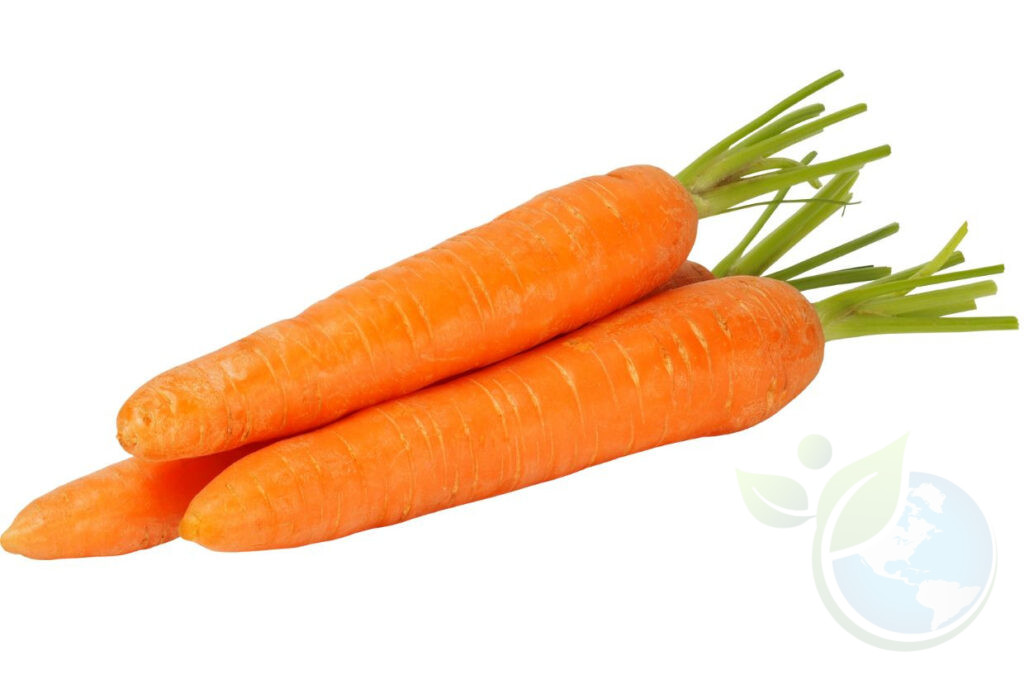
Hydroponics is an alternative method of growing crops without the use of soil, relying instead on a nutrient-rich water solution. This innovative approach to cultivation has gained popularity due to its numerous benefits, such as efficient use of resources, a controlled environment, and higher yields.
While hydroponics is commonly associated with leafy greens and herbs, the question arises whether it is possible to grow carrots using this technique. We will explore the feasibility of cultivating carrots in hydroponics systems by providing detailed information on various aspects, including suitable carrot varieties for hydroponic growth, setting up an appropriate hydroponic system, and maintenance and care requirements specific to hydroponic carrots.
Carrots are a relatively difficult crop to grow in hydroponics, which may make them a challenge for newcomers to hydroponic growing. I recommend getting your feet wet in hydroponics by starting with an easier crop, such as lettuce or spinach. On e you have some experience under your belt, you can tackle the challenge of growing hydroponic carrots!
By considering these factors alongside the advantages offered by hydroponics, growers can make informed decisions regarding carrot production in this alternative cultivation method.
Understanding Hydroponics And Its Benefits
Hydroponics, a soilless method of cultivating plants, provides numerous advantages and opportunities for efficient plant growth.
This innovative technique of hydroponic farming has gained popularity in recent years as an alternative gardening method. Unlike traditional soil-based agriculture, hydroponics allows plants to grow in nutrient-rich water solutions without the need for soil.
By eliminating the reliance on soil, this method offers several important benefits, such as reduced water usage, increased crop yields, and faster growth rates. Additionally, hydroponics minimizes the risk of soil-borne diseases and pests that commonly plague traditional farming practices.
Carrots are a root crop traditionally grown in soil, which may make some growers skeptical as to whether they can be grown successfully in hydroponics. You can use the benefits of hydroponics to grow carrots, onions, beets, and other root crops, but you must be selective in your plant variety and the hydroponic system used to grow the plants.
Choosing The Right Carrot Varieties For Hydroponics
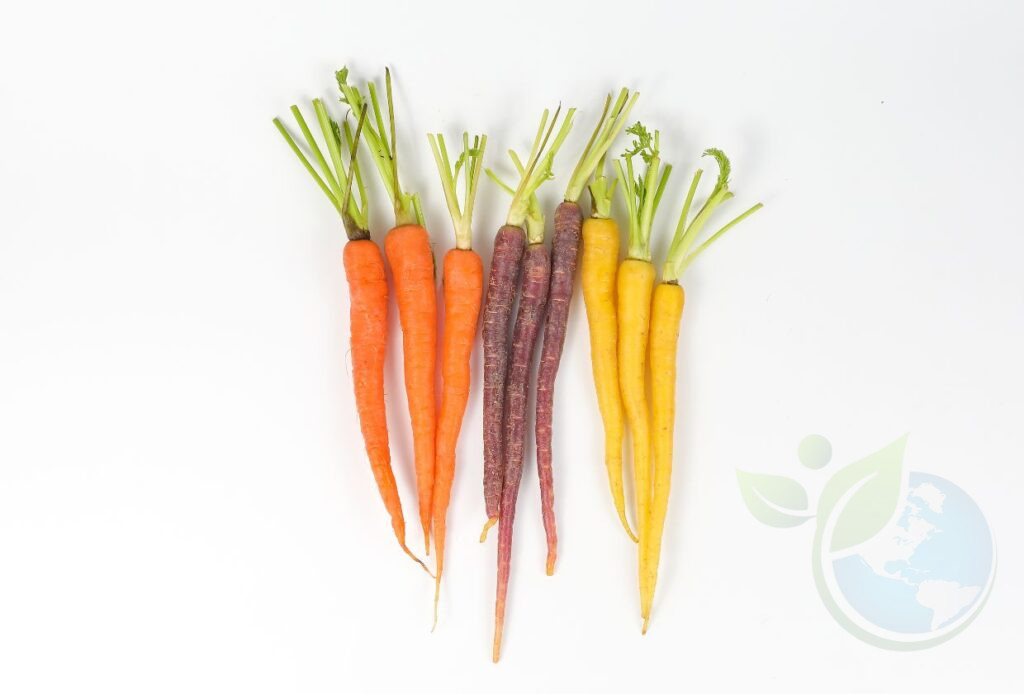
When selecting appropriate carrot varieties for cultivation in a hydroponic system, it is essential to consider their suitability in terms of growth characteristics and nutritional requirements. Here are three key factors to consider:
- Carrot Growth Stages: Different carrot varieties have varying growth rates and development stages. It is important to choose varieties that align with the hydroponic system’s timeline. Some varieties may mature quickly, while others may require more time before harvest.
- Nutritional Requirements: Carrots require specific nutrient levels for optimal growth and development. Ensure that the chosen variety’s nutritional needs can be met within the hydroponic system. This includes providing the ideal balance of macronutrients and micronutrients throughout the plant’s lifecycle.
- Common Hydroponic Challenges: Certain carrot varieties may be more resilient against common challenges encountered in hydroponics, such as nutrient deficiencies or diseases like root rot or powdery mildew. Selecting disease-resistant or hardy carrot varieties can help mitigate these issues.
By carefully considering these factors, growers can select the most suitable carrot varieties for successful cultivation in a hydroponic system, ensuring healthy growth and high-quality yields.
Best Hydroponics System For Growing Carrots
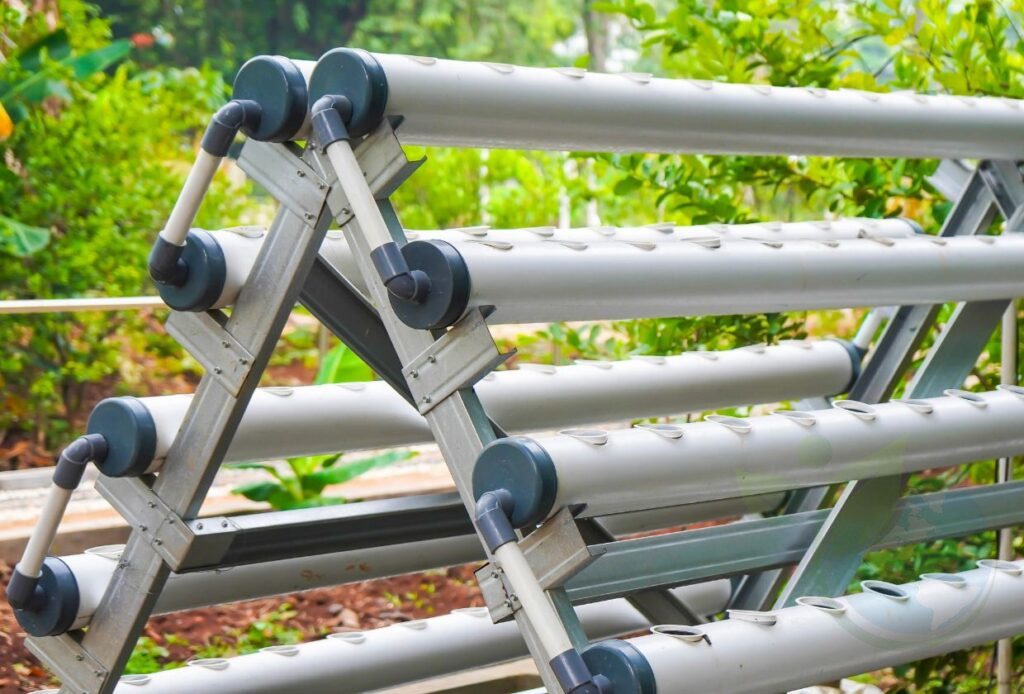
Regarding growing carrots hydroponically, not all systems are suitable or up to the task. Carrots, being root vegetables, have specific needs that must be met to ensure a successful harvest. Here, we’ll explore some of the best hydroponic systems for growing carrots and discuss why they’re particularly well-suited to this task.
Deep Water Culture Hydroponics (DWC)
Deep Water Culture, often abbreviated as DWC, is a type of hydroponics system where plants are suspended in a nutrient-rich, oxygenated water solution. This system is ideal for carrots due to the constant access to water and nutrients, allowing the roots to grow deep and strong. DWC hydroponic systems are relatively easy to set up and maintain, making them a great choice for beginners.
Nutrient Film Technique Hydroponics (NFT)
The Nutrient Film Technique, or NFT hydroponics, involves a thin film of nutrient-rich water continuously flowing over the roots of the plants, which are supported by a slight incline. This system can work well for carrots, especially smaller varieties, as it provides a constant supply of nutrients without oversaturating the roots. However, it requires careful monitoring to prevent drying out.
Ebb And Flow (Flood And Drain) Hydroponics
The Ebb and Flow hydroponics system, or Flood and Drain hydroponics, periodically floods the root zone with nutrient solution, then drains it away. This mimics the natural wet-dry cycle of a traditional garden, which can be beneficial for root vegetables like carrots. The key to success with this system is timing the cycles correctly to prevent root rot.
Drip System Hydroponics
The nutrient-rich solution is dripped directly onto the roots or growing medium in a Drip System. This system allows for precise control over watering and nutrient delivery, which can lead to robust carrot growth. However, it can be more complex to set up and manage than some other systems.
Each of these systems has its own advantages and potential challenges, and the best choice will depend on your specific circumstances, including your resources, experience level, and the specific carrot variety you wish to grow.
Net Pots To Grow Carrots In Hydroponics
Traditional net pots for hydroponics have a closed bottom, which is not suitable for growing carrots. The root of the carrot must be able to grow beyond the base of the net pot.
One option is to cut the bottom out of the net pot to make space for the carrot to extend the root beyond the pot’s base.
Another option is to select a hydroponic system that does not require net pots, such as an ebb-and-flow system that can be filled with hydroton, perlite, vermiculite, or a mixture as a growing medium.
Can You Grow Carrots In Dutch Buckets (Bato Buckets)?
Dutch buckets, also known as Bato buckets, are a popular hydroponic system used for growing a variety of crops. They are particularly well-suited to larger plants and vining crops, but can they be used for growing carrots? The answer is yes, with a few considerations.
Dutch buckets work by providing a constant drip of nutrient-rich solution to the plant’s roots, which are housed in a growing medium within the bucket. The excess solution drains out and can be recirculated, making this a water-efficient method of hydroponics.
When growing carrots in Dutch buckets, it’s crucial to choose the right growing medium. Carrots need a medium that is loose and well-draining to allow for proper root development. Perlite, vermiculite, or a mix of the two can be excellent choices.
The depth of the bucket is another important factor. Carrots, being root vegetables, need ample space to grow downward. Ensure your Dutch buckets are deep enough to accommodate the variety of carrots you’re growing. Generally, a bucket that is at least 12 inches deep should suffice for most carrot varieties.
Temperature control is also essential when growing carrots hydroponically. Carrots prefer cooler temperatures, ideally between 60-70 degrees Fahrenheit (15-21 degrees Celsius). If you’re growing in a greenhouse or indoor environment, ensure adequate cooling systems are in place.
Lastly, carrots need a balanced nutrient solution for root crops. This will ensure they receive all the necessary nutrients for healthy growth.
While Dutch buckets may not be the first choice for many when growing carrots hydroponically, they can certainly be used effectively with the right considerations. As with any hydroponic system, careful management and monitoring are key to a successful harvest.
Setting Up a Hydroponic System for Carrots
Setting up a hydroponic system for growing carrots requires careful consideration of nutrient solutions and pH levels. Carrots have specific nutrient requirements, and it is crucial to provide them with the right balance of macro and micronutrients through the nutrient solution.
Additionally, maintaining the appropriate pH level is essential for optimal plant nutrient uptake.
Furthermore, providing adequate lighting and controlling temperature are vital factors in ensuring successful carrot growth in a hydroponic system. Light intensity, duration, and spectrum should be tailored to mimic natural sunlight conditions, while temperature needs to be regulated within an optimal range to promote healthy carrot root development and overall plant growth.
Nutrient Solutions And pH Levels
Nutrient solutions play a critical role in the successful growth of carrots in hydroponics. They provide essential elements required for their development and maintain optimal pH levels. Adjusting nutrient levels is crucial to ensure that the carrots receive an adequate supply of nutrients throughout their growth stages.
It is important to monitor and adjust the system’s nutrient solution regularly. A deficiency or excess of certain elements can lead to stunted growth or nutrient imbalances. Troubleshooting pH issues is also essential, as carrots have specific pH requirements for proper absorption of nutrients.
The ideal pH range for carrot cultivation in hydroponics is typically between 5.8 and 6.2. Regular monitoring and adjustment of the solution pH level using appropriate acid or alkali treatments are necessary to maintain optimal conditions for carrot growth in hydroponics systems.
Best EC Level For Growing Hydroponic Carrots
Electrical Conductivity (EC) is a crucial factor to monitor when growing plants hydroponically. It measures the amount of nutrients or salts present in the water, which directly impacts the health and growth of your plants. Maintaining an optimal EC level is essential for yielding a healthy and bountiful harvest when it comes to growing carrots hydroponically.
Like other root vegetables, carrots require a specific range of nutrients for optimal growth. The ideal EC level for growing hydroponic carrots is typically between 1.2 and 2.0 mS/cm (millisiemens per centimeter). This range provides a balanced environment that allows carrots to absorb the necessary nutrients without causing nutrient burn or deficiency.
However, it’s important to remember that these values can vary slightly depending on the specific carrot variety and the growth stage. For instance, younger plants may require a slightly lower EC level, while mature plants can handle a higher level.
Regularly monitoring and adjusting the EC level in your hydroponic system is crucial. An EC meter is an invaluable tool for this purpose, allowing you to accurately measure the nutrient concentration in your solution. If the EC level is too high, add fresh water to dilute the solution. If it’s too low, you may need to add more nutrients.
In addition to EC, it’s also important to monitor the nutrient solution pH level, as this can affect nutrient availability. For hydroponic carrots, aim for a pH range of 6.0 to 6.5.
Maintaining the right EC level is a key aspect of successful hydroponic carrot cultivation. By carefully monitoring and adjusting your nutrient solution, you can create an optimal environment for your carrots to thrive.
Lighting And Temperature Requirements
The lighting and temperature requirements significantly impact the growth and development of carrots in hydroponic systems, as they play a crucial role in regulating photosynthesis and metabolic processes.
Maximizing yield and optimizing growth conditions require providing the appropriate lighting intensity and spectrum and maintaining suitable temperatures.
Carrots typically require 12-16 hours of light per day for optimal growth, with a spectrum ranging from blue to red wavelengths. LED lights are commonly used in hydroponic systems due to their superior energy-efficient technology and ability to provide specific light spectrums.
Additionally, maintaining a consistent temperature range between 60-75°F (15-24°C) is important for carrot growth. Extreme temperatures can lead to stunted growth or even plant death.
Therefore, monitoring and controlling lighting and temperature conditions are essential factors in successfully growing carrots hydroponically while achieving high yields.
Maintaining And Caring For Hydroponic Carrots

To effectively cultivate hydroponic carrots, it is essential to establish a comprehensive care routine that encompasses monitoring environmental conditions and ensuring proper nutrient delivery. Here are three key aspects to consider when maintaining and caring for hydroponic carrots:
- Hydroponic carrot nutrients: Carrots require specific nutrients for optimal growth. It is crucial to provide a balanced nutrient solution containing macronutrients such as nitrogen, phosphorus, potassium and micronutrients like iron and magnesium. Regularly test the nutrient solution’s pH levels to ensure they remain within the appropriate range for carrot growth.
- Troubleshooting common issues in hydroponic carrot growth: Monitor your plants closely and promptly address any signs of nutrient deficiencies. Common issues include yellowing leaves (indicating nitrogen deficiency), stunted growth (lack of phosphorus), or brown spots on leaves (magnesium deficiency). Adjust the nutrient solution accordingly or consult a hydroponics specialist if problems persist.
- Environmental conditions: Maintaining suitable lighting and temperature levels is vital for carrot cultivation. Provide sufficient light using high-quality LED grow lights with a spectrum tailored for vegetable growth. Additionally, maintain an optimal temperature range of 65-75°F (18-24°C) during the daytime and slightly cooler temperatures at night.
By following these hydroponic growing guidelines, you can ensure healthy carrot growth and maximize the yield of your hydroponic carrot crop.
Harvesting And Enjoying Your Hydroponic Carrots
Harvesting and enjoying hydroponic carrots requires a careful balance of timing and technique to ensure optimal flavor and texture. Hydroponically grown carrots can be harvested when they reach their full size, typically around 60-70 days after planting.
To harvest, gently loosen the growing medium around the base of the carrot and pull it out of the container. It is important to handle the carrots delicately to avoid any damage or bruising.
One of the benefits of hydroponic gardening is that it allows for year-round cultivation, providing a constant supply of fresh carrots for various culinary delights. Carrots can be incorporated into a wide range of recipes, from soups and salads to stir-fries and juices. Their natural sweetness adds depth to dishes while providing essential nutrients such as vitamin A, fiber, and antioxidants.
To inspire your culinary adventures with hydroponic carrots, here are some popular carrot recipes:
| Recipe Name | Description |
| Carrot Ginger Soup | A comforting soup with a hint of spice from fresh ginger. |
| Roasted Carrot Salad | Roasted carrots paired with mixed greens, nuts, and tangy vinaigrette. |
| Carrot Cake | A classic dessert made with grated carrots and cream cheese frosting. |
| Glazed Carrots | Tender cooked carrots coated in a sweet glaze for a side dish option. |
| Carrot Juice | Freshly juiced carrots packed with vitamins for a nutritious drink option. |
With these delicious recipes at hand, you can fully enjoy the benefits of growing hydroponic carrots while exploring different culinary possibilities.
Conclusion
Growing carrots in hydroponics is indeed possible and can offer numerous benefits. By understanding the principles of hydroponic gardening and selecting appropriate carrot varieties, one can successfully set up a hydroponic system for growing these root vegetables.
With its efficient use of space, water, and nutrients, hydroponics is a viable option for cultivating carrots without soil.
Get more posts like this
Subscribe to our mailing list and get interesting homesteading and green living info and updates to your email inbox.
Thank you for subscribing.
Something went wrong.



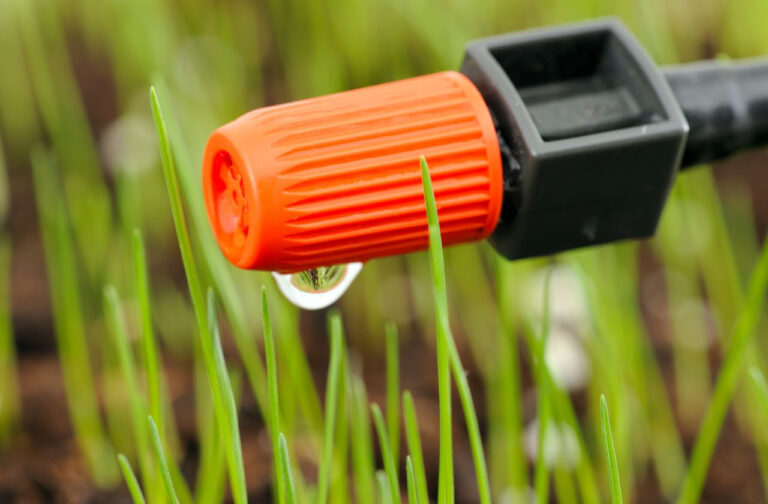


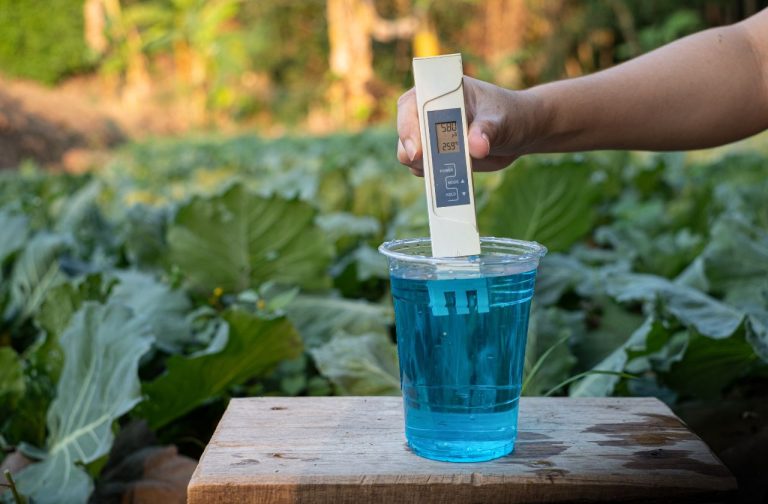

One Comment